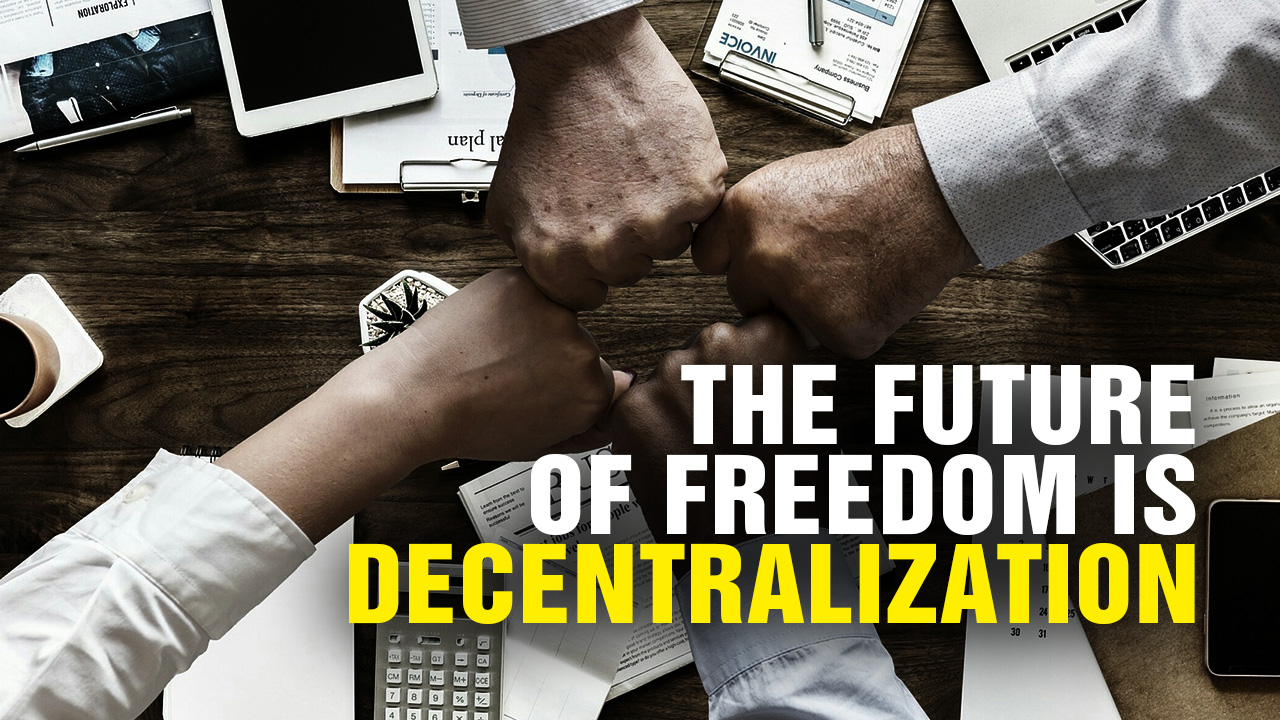"The Age of Decentralization" by Sam Ghosh and Subhasis Gorai: Navigating the shift to a new digital paradigm
- The book explores the transformative potential of Web3, a paradigm that prioritizes decentralization, transparency and user ownership. Unlike Web2, where tech giants monopolize data, Web3 aims to redistribute power back to users through technologies like blockchain, decentralized storage and decentralized identity solutions.
- The authors delve into decentralized governance, highlighting the role of Decentralized Autonomous Organizations (DAOs) and token-based systems. These models enable users to participate in decision-making processes, fostering inclusivity and democratizing governance compared to traditional top-down approaches.
- The book emphasizes network thinking, focusing on the interconnectedness of systems. Key components of Web3 architecture include distributed ledgers, on-chain smart contracts, off-chain decentralized storage and third-party elements like oracles and scaling solutions.
- Decentralized identity solutions empower individuals to control their digital identities, eliminating the need for centralized authorities. The concept of self-sovereign identity is explored, along with the role of verifiable credentials. Additionally, decentralized storage solutions like IPFS and Filecoin are discussed as alternatives to traditional cloud storage, offering security, transparency and resilience.
- The book ultimately paints a picture of a future where technology fosters a more equitable and transparent digital ecosystem.
In an era where digital giants like Amazon and Facebook have become ubiquitous, controlling vast swathes of our online lives, a seismic shift is underway. "The Age of Decentralization," authored by Sam Ghosh and Subhasis Gorai, delves into this transformative moment, exploring how Web3 and decentralized technologies are poised to redefine our digital landscape. As concerns over security, privacy and consumer rights mount, the authors argue that decentralization offers a viable path forward, promising a future where users regain control over their data and digital identities. This book, released at a pivotal time, serves as both a manifesto and a practical guide for navigating this burgeoning revolution.
At the heart of "The Age of Decentralization" is the concept of Web3, a paradigm that champions decentralization, transparency and user ownership. Unlike its predecessor, Web2, where a handful of tech behemoths monopolize data, Web3 aims to redistribute power back to the users. This is achieved through a suite of technologies, including blockchain, decentralized storage and decentralized identity solutions.
Ghosh and Gorai meticulously dissect the various facets of decentralization. Technical decentralization, exemplified by blockchain networks, relies on distributed nodes to maintain system integrity. This contrasts sharply with the centralized servers that underpin Web2 platforms. On the other hand, governance decentralization empowers users to participate in decision-making processes through mechanisms like Decentralized Autonomous Organizations (DAOs) and token-based governance. This democratization of governance is a radical departure from the opaque, top-down approaches of traditional platforms.
The authors delve into the transformative potential of decentralized governance, highlighting the role of DAOs and token-based systems. In these models, users can propose and vote on changes, fostering a more inclusive and equitable decision-making process. Ghosh and Gorai provide real-world examples, such as Curve and Uniswap, to illustrate how these models operate in practice.
The book also explores alternative governance models like quadratic voting and liquid democracy, which aim to address the shortcomings of traditional systems. These models prioritize inclusivity and fairness, ensuring that all voices are heard and valued.
In terms of architecture, the authors emphasize the importance of network thinking, a concept that underscores the interconnectedness of systems. This approach contrasts with the siloed, platform-centric models of Web2. The authors outline the key components of Web3 architecture, including distributed ledgers, on-chain smart contracts, off-chain decentralized storage and third-party elements like oracles and scaling solutions. These elements work in concert to create a resilient and adaptable infrastructure capable of supporting a wide range of applications.
One of the most compelling aspects of Web3 is decentralized identity. Ghosh and Gorai explain how these solutions enable individuals to control their digital identities, eliminating the need for centralized authorities. The concept of self-sovereign identity, where users own and manage their identity data, is explored in depth. The authors also discuss the role of verifiable credentials in providing secure and tamper-proof identity verification.
However, the authors acknowledge the challenges facing decentralized identity solutions, such as usability, scalability and regulatory compliance. They emphasize the need for ongoing development and collaboration to overcome these hurdles and facilitate widespread adoption.
Decentralized storage is another critical component of Web3. The authors examine how these solutions address the limitations of traditional cloud storage, such as high costs, security vulnerabilities,and single points of failure. They highlight the role of protocols like IPFS and Filecoin in creating decentralized storage networks that are secure, transparent and resilient. Despite these advantages, the authors also address the challenges of decentralized storage, such as the need for economic incentives to ensure data availability and the potential for regulatory scrutiny due to the censorship-resistant nature of these systems.
"The Age of Decentralization" paints a vivid picture of a future where technology empowers individuals and fosters a more equitable and transparent digital ecosystem. Ghosh and Gorai provide a comprehensive overview of the technologies and trends driving this transformation, offering valuable insights for anyone interested in the future of the internet and its impact on our lives.
Learn more about decentralization by watching the video below.
This video is from the
BrightLearn channel on Brighteon.com.
Sources include:
Brighteon.ai
Brighteon.com
 Parler
Parler Gab
Gab










